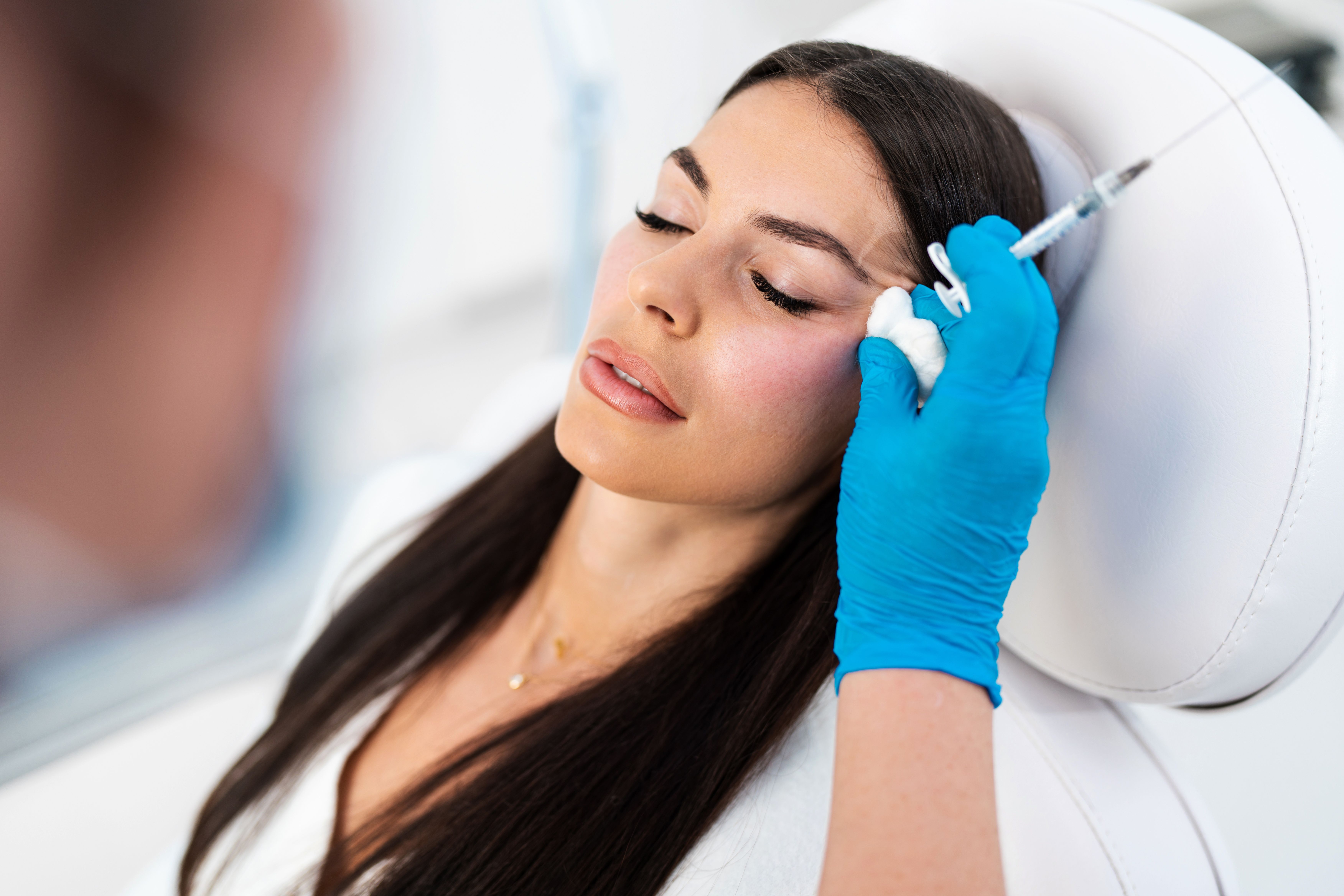- Case-Based Roundtable
- General Dermatology
- Eczema
- Chronic Hand Eczema
- Alopecia
- Aesthetics
- Vitiligo
- COVID-19
- Actinic Keratosis
- Precision Medicine and Biologics
- Rare Disease
- Wound Care
- Rosacea
- Psoriasis
- Psoriatic Arthritis
- Atopic Dermatitis
- Melasma
- NP and PA
- Skin Cancer
- Hidradenitis Suppurativa
- Drug Watch
- Pigmentary Disorders
- Acne
- Pediatric Dermatology
- Practice Management
- Prurigo Nodularis
- Buy-and-Bill
News
Article
Superficial and Deep Midfacial Injections Offer Significant Results
Author(s):
Researchers found no statistically significant difference between injection techniques.
Investigators evaluated whether superficial or deep upper midfacial injections provided better aesthetic results and found no statistically significant difference between the techniques.1 Superficial and deep cannula injection techniques both significantly improved midfacial volume, reduced nasolabial folds and crow’s feet, and improved upper cheek fullness.
Dusko/AdobeStock

Martín et al evaluated the effects of superficial soft tissue filler injections on 1 side of patient’s faces and deep injections on the other side. Mean age of the 20 female participants was 43.9. Mean volume of the filler was .78 cc.
Patients were evaluated at 3 weeks posttreatment and a touch-up was performed with the same injection method if the aesthetic correction was incomplete or asymmetric based on the physician’s examination.
Clinical outcomes were assessed by the treating physician and the patient, and by 4 independent observers using pictures taken before treatment, immediately after treatment, immediately before the 3-week touch-up, and at the end of 7 weeks. Aesthetic improvement was determined using the Global Aesthetic Improvement Scale (GAIS).
At 7 weeks posttreatment, the outcomes measured were midfacial and lower facial volume, medial and lateral facial skin vector displacement, and improvement of nasolabial, crow’s feet, and upper cheek fullness severity scores.
At the 3-week follow-up, 60% of patients required a touch-up on the deep injection side compared to 40% on the superficial injection side. Crow’s feet significantly improved at the 3-week and 7-week follow-up on both the superficial injection and deep injection sides, with no statistically significant difference between the 2 sides.
Upper cheek fullness improved significantly on both sides of the face at the 3-week and 7-week follow-up, but there was no significant difference between the 2 sides. Nasolabial folds also improved significantly at the 3-week and 7-week follow-up, with no statistically significant difference between the 2 sides of the face.
After 7 weeks, midfacial volume increased 2.19 cc for the deep injection side compared with 1.94 cc for the superficial side (P = .332). Lower facial volume decreased -.10 cc for the deep injection side and -.05 for the superficial injection side (P = .837).
Patients, treating physicians, and independent observers reported no statistically significant difference in results between superficial injections and deep injections on the GAIS, and no adverse events were reported.
“The results of this split-face study reveal that both the superficial and the deep cannula injection technique for midface volumization statistically significantly improve the midfacial volume, reduce nasolabial fold and crow's feet severity,” the authors concluded.
Reference
- Martín JM, Revelles JM, Aznar NM, et al. Superficial versus deep injections of the upper midface—A prospective interventional split-face study. J Cosmet Dermatol. 2023;00:1-10. doi:10.1111/jocd.15795





